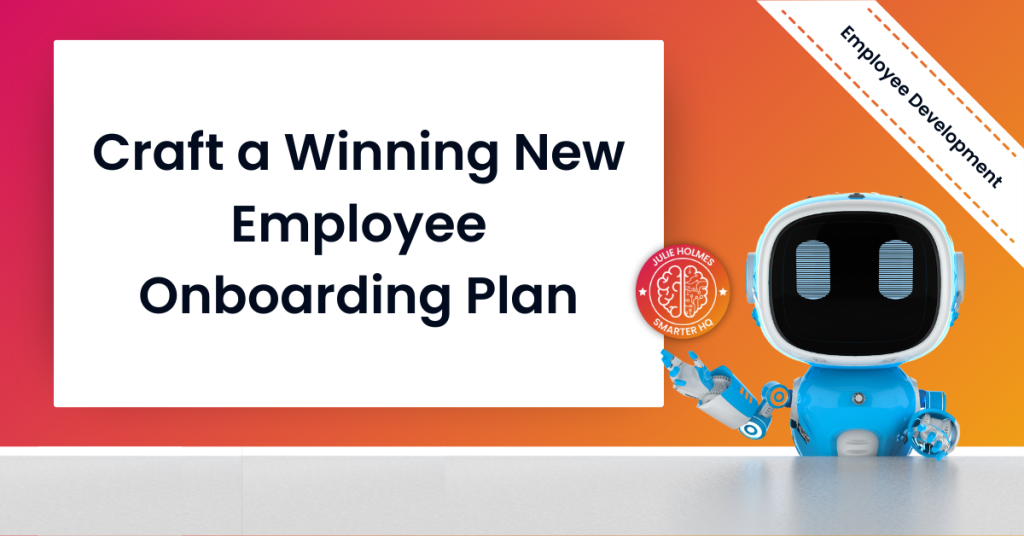Prompt Library
Create an Onboarding Plan for a New Employee
You’ll generate a complete onboarding plan from pre-boarding through the first 90 days, including a welcoming Day 1, a purposeful first week, and measurable 30-60-90-day milestones. Use it to help every new team member hit the ground running, feel like they belong, and start contributing faster, without drowning them (or you) in admin chaos.

Categories:
Tags:
Prompt:
You are an experienced HR strategist who specializes in building effective, people-centered onboarding programs.
Design a complete onboarding plan for a new hire that sets them up for success from Day 1 through their first 90 days. The plan should balance operational readiness (equipment, access, logistics) with cultural connection (relationships, values, belonging) and performance alignment (clarity of role, expectations, and early wins).
Structure your response as follows:
- Pre-boarding (Before Day 1): List any preparations that should be completed before the new employee’s start date—e.g., welcome email, tech setup, access credentials, workspace preparation, and first-day schedule.
- First Day – The Welcome Experience: Outline how to make the first day feel warm, organized, and engaging. Include introductions, orientation, HR paperwork, company overview, and a short cultural “wow” moment that helps them feel part of the team.
- First Week – Integration & Learning: Create a detailed plan for the first week that includes meetings with key team members, role-specific training, daily check-ins, and any early deliverables or learning goals.
- 30-60-90 Day Milestones: Define clear objectives and success indicators for each phase—covering skills to learn, projects to complete, and relationship or cultural milestones to reach.
- Feedback & Support: Suggest methods for continuous feedback (e.g., weekly manager check-ins, buddy system, or quick pulse surveys) and how to measure onboarding success from both sides.
Aim:
Build a structured yet human onboarding plan that accelerates confidence, connection, and contribution—helping the new hire feel productive, valued, and aligned from day one.
Guidelines:
Keep the language practical and friendly, suitable for small businesses or growing teams. Avoid corporate jargon or overly formal phrasing. Highlight simplicity, personalization, and culture fit over bureaucracy.
Use these details to personalize your plan:
– New hire’s role:
– Key team members to meet:
– Specific training sessions needed:
– Special equipment or access requirements:
– Company details (e.g., size, culture, values):
